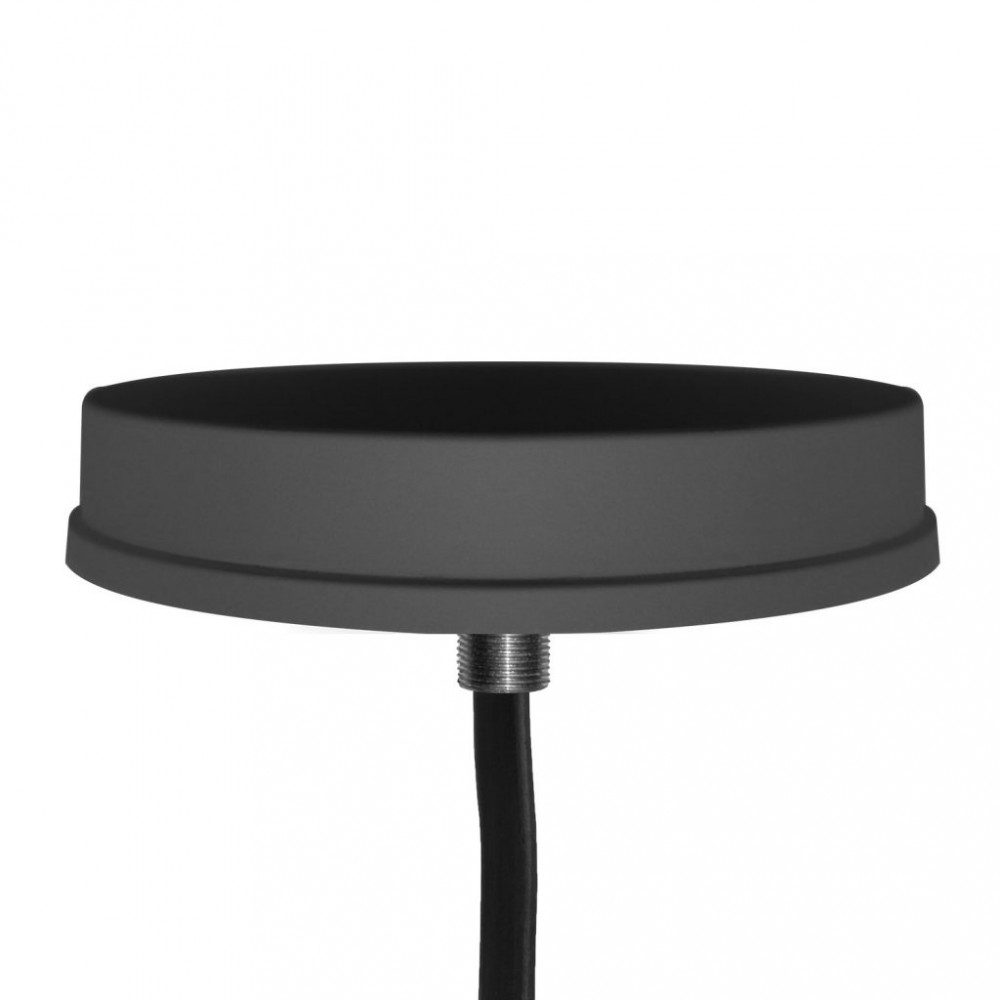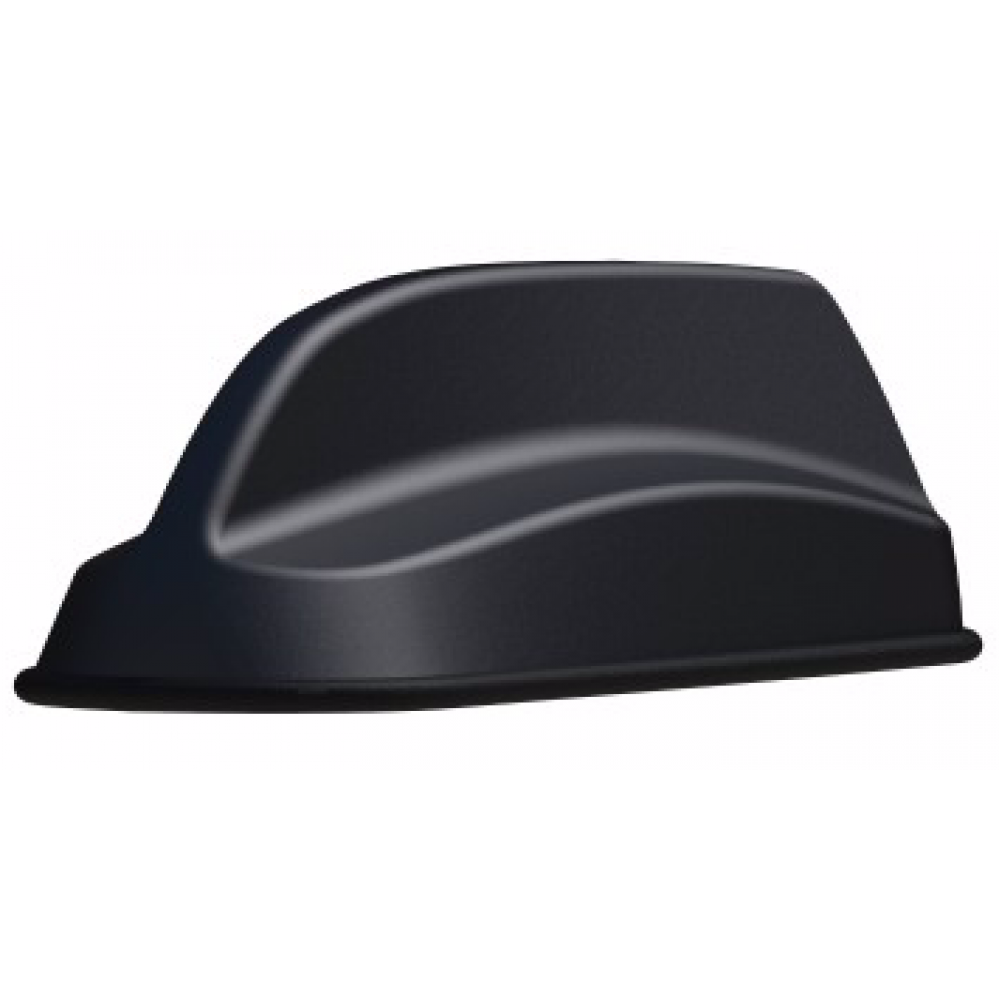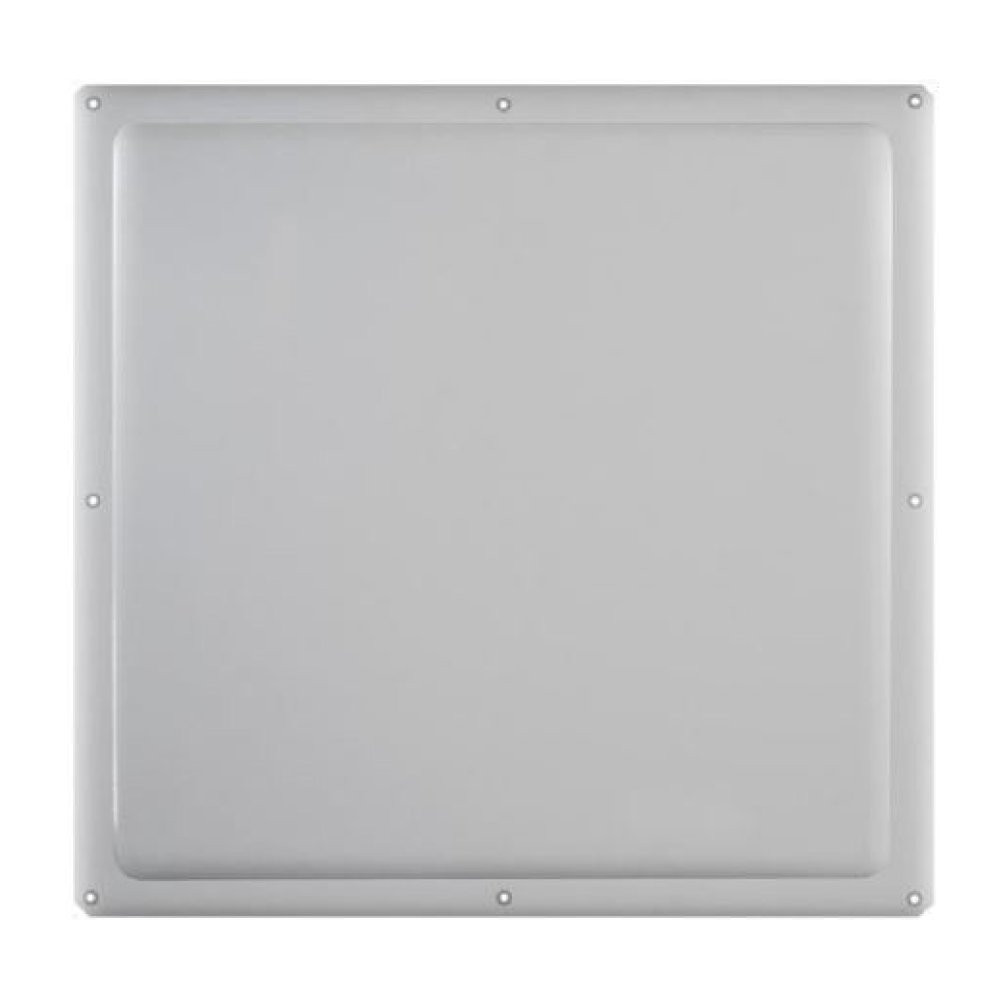The air is filled with electromagnetic radio waves, both indoors and out. If they were visible to the human eye, we would see the space around us constantly alight with these waves as they are always travelling by us. Radio waves have different frequencies and wavelengths, and they’re modulated in hundreds of different ways to carry information. Because of this, radio has become an indispensable fabric of daily life.
For instance, billions of devices use Bluetooth radio. Wi-Fi fills homes and businesses of every description. Devices like garage door openers, baby monitors, radio-controlled toys, wildlife tracking collars, air traffic control, global positioning signals from satellites, marine radio, industrial sensors, scientific and medical devices, and thousands of telecommunications products are just a few of the many examples that play critical roles in business and our 21st-century lifestyles. But, radio could not exist without a means to send and receive radio waves. Antennas do that job.
Today, as mobile communication has become commonplace, organizations need to give their first responders, utility companies, public safety vehicles, as well as boats, trains, planes, and other vehicles reliable connections to a range of radio services. This has driven antenna manufacturers to develop combination antennas, also called combo antennas or multi antennas, that can receive and transmit signals simultaneously from multiple wireless technologies.
Design and Construction of Combo-antennas
A combo-antenna consists of a single, rugged radome with multiple antenna elements packed inside. The number ranges from a couple, MIMO Wi-Fi, for example, to the massive Husky PRO11H with eleven antenna elements. The most popular way to mount a combo-antenna is through a hole on a surface. This style comes with a threaded, hollow bolt that serves as the hold-down point for the radome and its antennas. Low-loss RF cables – one from each antenna element – pass through the bolt and connect to the wireless equipment.
Many combo-antennas contain low noise RF amplifiers to increase the effective sensitivity of the antenna system. Low-loss coax cabling between the combo unit and the user’s transmitting (Tx) and receiving (Rx) equipment is recommended to get the best performance.
For instance, the Husky PRO11H from Parsec Technologies mentioned above mounts on a vehicle’s roof or trunk deck and contains eleven antennas serving three technologies. These include four MIMO LTE antennas that support 1.2 Gbps download speed, six Wi-Fi MIMO antennas for dual-band 2.4 and 5 GHz frequencies, and an antenna that receives GPS/GNSS signals. The entire array of antennas fits into a rectangular radome measuring 2.2 x 10.75 inches. Receiving equipment inside the vehicle connects to each of the eleven antennas, according to the particular services required, via eleven antenna cables that exit through the hollow bolt on the bottom of the radome. Installers route them through the vehicle’s headliner or interior panels.
Another mobile antenna, the GPSD-7-27 Sharkee from Panorama Antennas, contains 2×2 MIMO 4G cellular antennas and an active GPS antenna for positioning. A related model adds 2×2 MIMO Wi-Fi antennas that operate in the 2.4 and 5.8 GHz frequency bands. An integral stud-mount supports an external VHF, UHF, 700 MHz, or 800 MHz whip antenna.
Installation of Combo-antennas

The first step in the installation of a combo-antenna is deciding where to install it. Whether mounting on a roof, a mast, or another location, be sure to avoid locating the antenna unit near air conditioners or other roof-mounted equipment that can block the passage of radio waves. Likewise, if you are installing more than one antenna, try to maintain at least 5 to 6 inches both horizontally and vertically between them to prevent crosstalk and mutual interference. For surface mounting, an installer drills into the roof, trunk deck, or other mounting location, then passes the hollow bolt with cables through. A heavy-duty nut and lock washer hold the entire assembly in place. A gasket between the mounting surface and radome base provides high intrusion protection levels, often IP65 or IP67.
Cable Length and Routing
Combo antennas are provided with either a set of stub coax cables, usually one or two feet in length, or cabling cut to a “customary length” — typically 15 feet or 5 meters. In either case, the manufacturer attaches a tag to each cable’s end to show which antenna the cable connects to. Be careful not to damage the tags — for example, by wrapping the cable ends in duct tape as they are passed through conduits, headliners, etc. Removing the duct tape can easily tear off the tags, leaving you with no way to know which cable to connect to where. One simple solution is to put all the tagged cable ends inside a plastic bag, then to tape the bag closed. That way, the tags are protected as they’re pulled through to their destinations.
It also pays to do a site survey before ordering the antenna so you can specify the cable length required. Since Wi-Fi signals often use twisted-pair Ethernet cabling, which doesn’t have the electrical losses of coaxial cables, you may find you can arrange the Tx/Rx equipment connected via coax nearer to the entry point of the coax cables while allowing the Wi-Fi equipment to reside at a location farther from the entry point. During the survey, determine where the inside gear will be positioned. Will it be dashboard-mounted, placed into a central tech cabinet, or rack mount? Do those components need to be separated from one another?
Combo-antennas for Fixed Location Services
Mobile combo-antennas come in various form factors, but organizations often need to install antennas within an office, a warehouse, or a building. In the past, that meant installing an antenna for each radio service — a costly and labor-intensive job. Now though, models like the 12-in-1 PRO12BD (Bulldog) provide a dozen antennas enclosed in a single low-profile, unobtrusive panel measuring 23.7 x 27.7 x 2.2 inches that mounts into indoor suspended ceilings. The high-performance, low-profile omnidirectional antenna features dual 4×4 MIMO 5G cellular LTE channels (eight total) and four Wi-Fi antennas.
With Category 18 LTE speed, the PRO12BD boosts signal quality and LTE upload and download speeds. So much so that you can use it to back up your Internet ISP in times of failure or install it in areas of high LTE usage. All North American LTE bands from AT&T, Verizon, T-Mobile, and Sprint carriers are supported. This antenna is well suited for critical networks requiring failover, retail stores, restaurants, offices, and public spaces.
Learn More
Combo-antennas are here to stay, especially with MIMO designs that enhance communication, increase upload and download speeds, and reduce error rates. In concert with Wi-Fi 6 and 6E, combo-antennas pave the way for ever faster and more reliable operation.
Whether you need a standard or a custom solution, our sales engineers are ready to configure a communication, networking, or computing solution for your project. Contact us at 720.870.4500. We promise you’ll get a quick and informed response from our team.




I want to make sure that my TV works more effectively. It makes sense that having an antenna installed on my property would be beneficial. I’ll be sure to work with a professional to help me figure out what kind of antenna would be best for me.